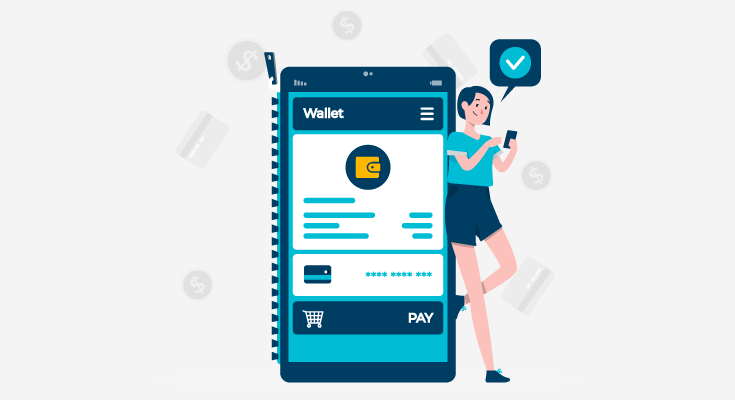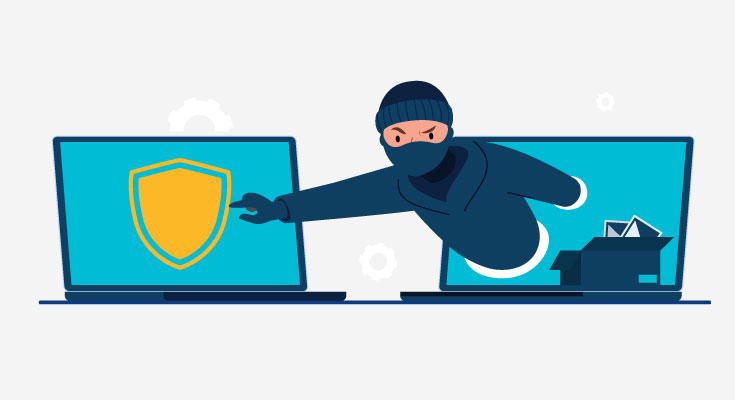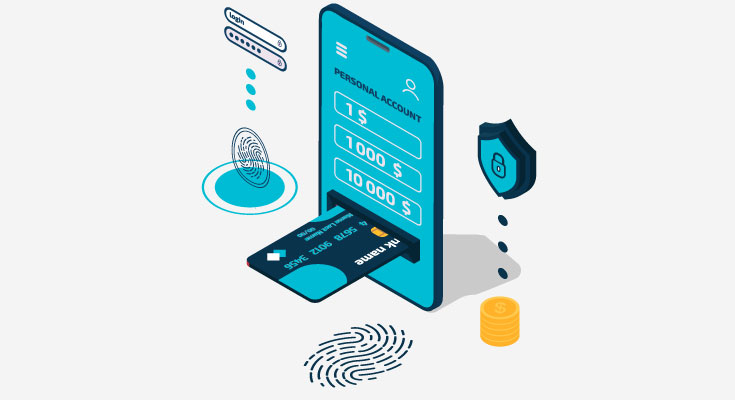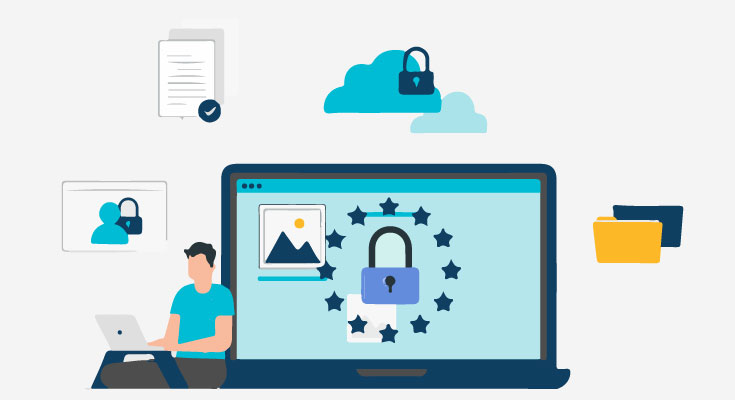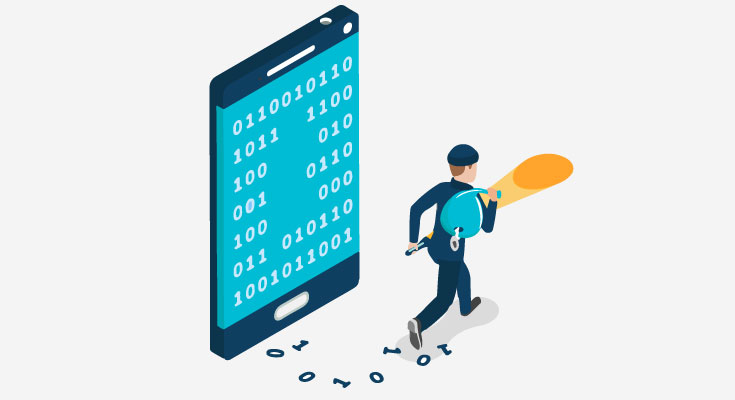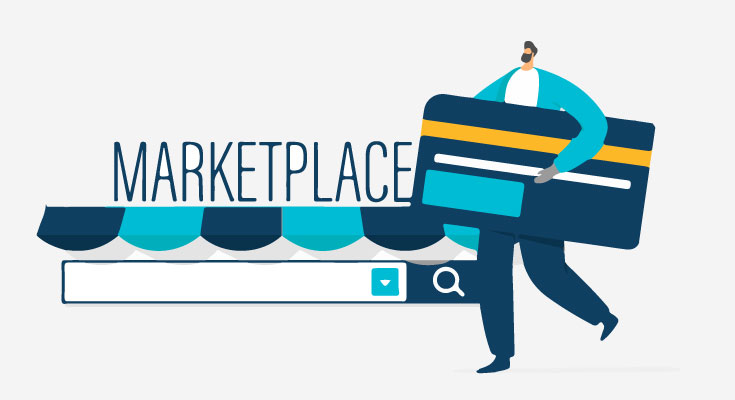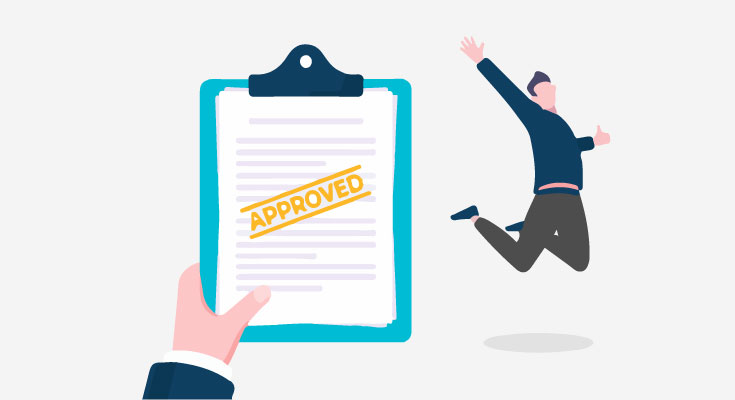Traditional banking is extremely limiting, and it requires users to go through a lot of hoops. Opening a bank account, applying for loans, or any other thing forces users to go to a physical branch. Fortunately, the recent wave of modernization in the banking sector is all set to change the traditional norms.
Today, banking services are available digitally to most users. While currently, they’re available as an accessory to traditional banking services, innovative solutions will change that soon. Several FinTechs out there are enhancing banking user experiences for customers.
The digital movement is providing consumers with more financial freedom and options. Customers can build their financial lives as they see fit, and Banking-as-a-Service (BaaS) is making it all happen. Customers can now turn to innovative solutions that offer niche solutions that cater to the business’s needs.
However, building a new FinTech company, app, or product from scratch is a complex process. The traditional method of creating financial services was a long and hard road. BaaS platforms and platforms and technology solutions provide the building blocks necessary for a FinTech or Neobank to quickly start creating innovative financial use cases for the consumers of today.
Modernizing the Banking Solutions
To offer a banking service, entrepreneurs need the help of emerging BaaS platforms that can help them enter the industry. Whether an entrepreneur is facing challenges in issuing cards, sending ACH payments, or more basic financial operations, developers can take these blocks and reassemble them to meet their needs.
The key to building FinTechs with a BaaS provider is having just one API that’s super easy to connect with. This reduces the architectural and modeling needs of the FinTech development team. These tools allow FinTechs to onboard new customers with ease and without delays by using a series of verification solutions such as online document verification.
Another reason to rely on a BaaS provider is that it’s easy to make changes using an API if you’re using multiple solutions. If a company has been facing problems with their customer verification solution they can easily and seamlessly replace it with a better solution. This makes scaling up or down easy and a hassle-proof process.
BaaS Providers: Offering a Plethora of Options
BaaS includes all the digital banking services, including those developed in-house and those developed outside. Most BaaS providers offer a single API marketplace to make it easier for FinTechs to launch everything simultaneously.
FinTechs with limited resources can sign up with a BaaS provider instead of relying on FinTech developers, which leads to fewer overhead costs.
Working with a BaaS provider allows FinTech builders to focus more on the features they want to offer and less on the development side. The marketplace solution means that FinTech can rely on multiple solutions at the same time, if one fails they can move on to the next one.
Why Fraud Detection and Speed Are Crucial?
It’s understandable that the risk, compliance, and customer experience need to have a balance. FinTechs can’t compromise on fraud prevention solutions. By adding open banking data to the BaaS platform, financial service providers can verify and access bank account data with DIRO bank account verification. This helps in ensuring that the person opening the account actually owns the account and that all the information provided by them is true.
Speed is another concern for upcoming FinTechs as consumers want a lightning-fast experience. As banks are not tech companies, their knowledge of tech and the ideal customer experience is limited. COBOL, a programming language developed in 1959 is still used in multiple banking systems and this makes it tough to upgrade the banking systems.
This can result in a speed mismatch between banking networks and the world of FinTechs, who want to be able to release new products and services in a few weeks.
There’s a lot of new technology being created to improve the financial experience for customers all across the world. These FinTechs also need to rely on world-class technology that can offer brilliant customer authentication solutions for a reduced level of fraud. This is where DIRO identity verification comes in.
